Website Accessibility Compliance
The significance of the Twenty-First Century Communications and Video Accessibility Act.
 In the year 2010, the Twenty-First Century Communications and Video Accessibility Act (CVAA) emerged as a pivotal piece of legislation reshaping the landscape of digital accessibility. The impetus behind this legislative action was the realization that the original Communications Act of 1934, despite its historical significance, had become increasingly inadequate in addressing the evolving technological advancements of the twenty-first century. With President Obama’s signature, this amendment to the original Act was enacted into law, ushering in a new era of accessibility for individuals with disabilities within the realm of telecommunications and video programming.
In the year 2010, the Twenty-First Century Communications and Video Accessibility Act (CVAA) emerged as a pivotal piece of legislation reshaping the landscape of digital accessibility. The impetus behind this legislative action was the realization that the original Communications Act of 1934, despite its historical significance, had become increasingly inadequate in addressing the evolving technological advancements of the twenty-first century. With President Obama’s signature, this amendment to the original Act was enacted into law, ushering in a new era of accessibility for individuals with disabilities within the realm of telecommunications and video programming.
The CVAA comprises two distinct titles, each addressing crucial aspects of website accessibility:
- Title I – Communications Access: As the technological landscape continues to evolve, so too must the regulations governing website accessibility. Title I of the CVAA establishes clear parameters delineating the scope of communications technology subject to its provisions and the corresponding accessibility requirements. Noteworthy accommodations mandated by this title include provisions for video descriptions and closed captioning, ensuring that individuals with disabilities can access and benefit from the full spectrum of communication technologies.
- Title II – Video Programming: Title II of the CVAA is equally instrumental in promoting accessibility within the digital realm. This segment of the law is designed to enhance accessibility in video programming, recognizing the pivotal role that visual media plays in contemporary communication. It sets forth specific requirements and guidelines aimed at ensuring that video content is accessible to individuals with disabilities. Video descriptions and closed captioning are among the key accessibility measures outlined in this title.
In an age characterized by rapid technological advancements, the CVAA stands as a testament to the commitment of lawmakers to adapt and expand the legal framework surrounding accessibility. By addressing the unique challenges posed by modern communication technologies and video programming, this legislation reaffirms the fundamental principle that accessibility is a cornerstone of an inclusive society.

